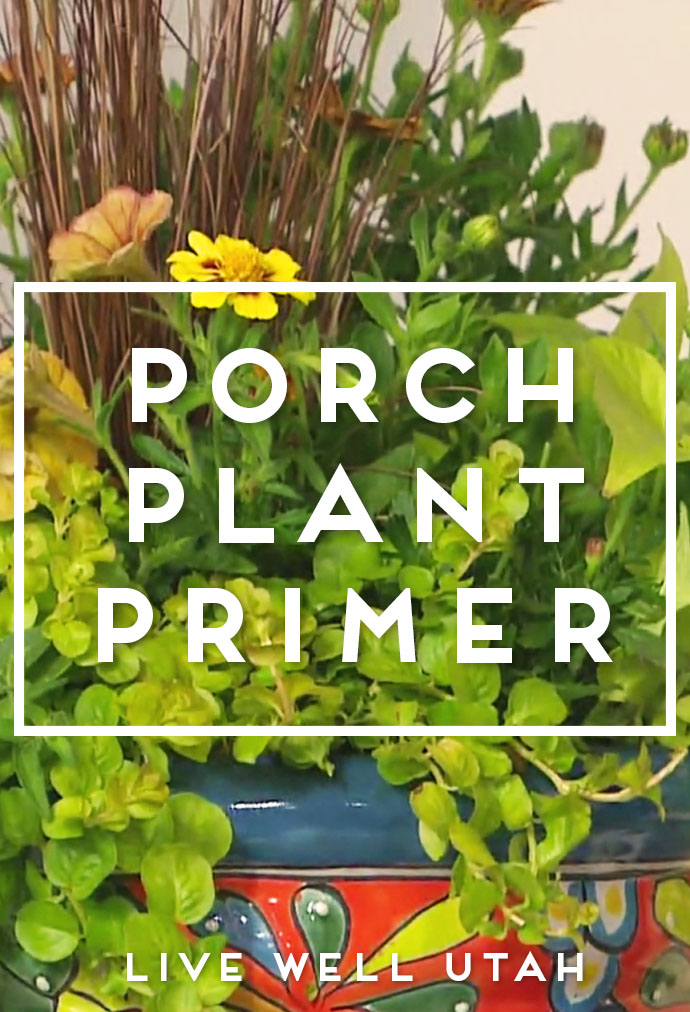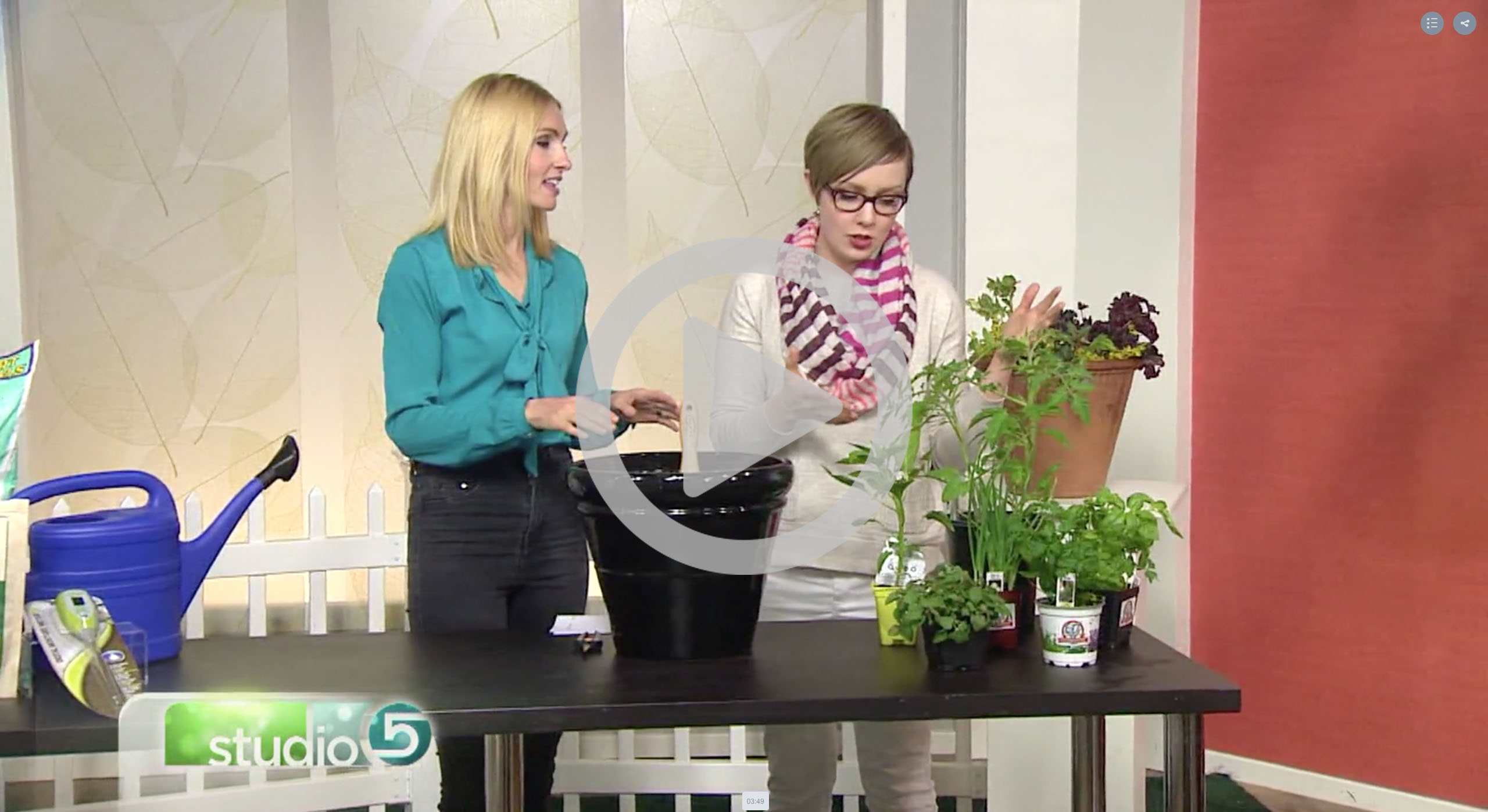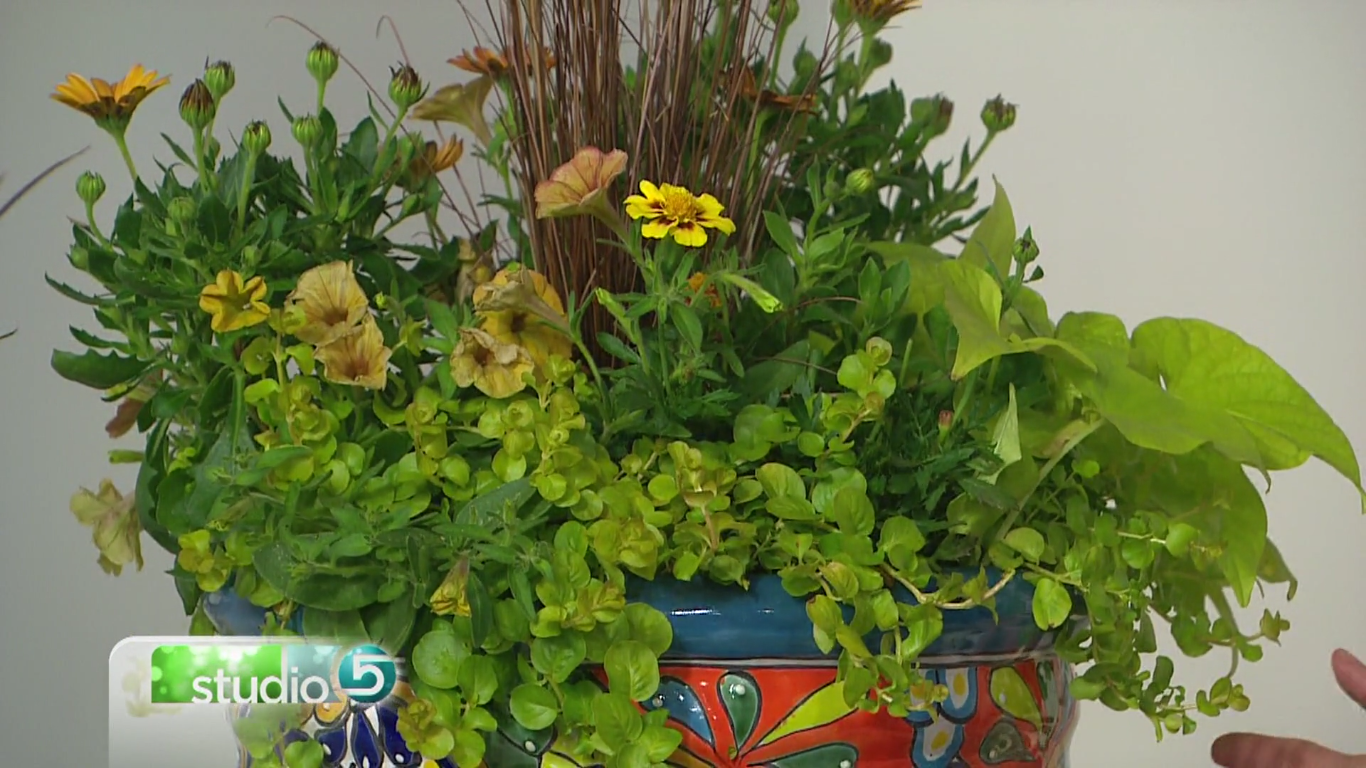How to Care for Holiday Plants
 Gardening experts Sheriden Hansen and Michael Caron share the origins of some common holiday plants, plus give some tips on caring for them in today’s post.
Gardening experts Sheriden Hansen and Michael Caron share the origins of some common holiday plants, plus give some tips on caring for them in today’s post.
When cold weather settles into Utah, we tend to put our gardens to bed and turn our focus to our warm, comfortable homes. But who says that gardening can’t continue through the cold winter months? There are many options for bringing gardening inside during the holidays. Most of the plants that we use during the holidays have specific symbolism or meaningful stories, and some can last for months or even years in our homes with some special care.
Living Christmas Tree
The Christmas tree is one of the most recognizable symbols of the holidays. It originated as a Christmas tradition in Germany about 400 years ago, but was not common in the USA until the 1890’s. One of the most recognizable Christmas trees, the Rockefeller Center tree, was first placed by construction workers in 1931. The following year, the tree was placed again, but this time it was adorned with lights. The tree has been tradition since that first humble year in the Depression Era, but is much larger and now boasts over 25,000 lights. When bringing home your own tree, make sure the needles are flexible and remain on the tree when lightly tugged on. The tree should have a fresh smell and the base should be re-cut before you take it home. Healthy, active, fresh-cut trees can drink up to a gallon of water a day, especially during the first week, so use a sturdy stand with a large water reservoir. Place the tree in a cool location and keep it well-watered to ensure the needles last through Christmas. Fresh trees that are allowed to dry out will begin to shed needles quickly and become a fire hazard. Fresh, cool water is all that is needed – It is NOT recommended to add sugar, bleach, or any other additive to the water reservoir, or spray any preservatives on the tree itself.
Poinsettia
Poinsettias are native to Mexico and are the most popular potted plant in the world. With several colors and forms available, they add a festive feel to any room. Joel Roberts Poinsett, U.S. Minister to Mexico from 1825 to 1829, introduced the plant to the United States. Poinsett was a botanist and was one of the first to argue for the creation of the Smithsonian Institution. Poinsettias dislike wet soil and should be watered when the soil becomes lightweight and is dry to the touch. Pot-covers should be removed, and the soil allowed to completely drain. Placing plants in the sink or tub can be an easy way to accommodate watering. Poinsettia require a rather specific daylength in order to produce flowers and can be difficult to get to rebloom. If you decide to keep the plants for reblooming, prune them in April by cutting the stems to about half their length. Fertilize every two weeks with an all-purpose houseplant fertilizer, and place in a location that gets no artificial sunlight after sunset in September. The idea is to provide 12 or more hours of uninterrupted darkness in September and October. If conditions are right, you can move your plant to a living area in your home in November, and the bracts will color for the holidays.
Christmas Cactus
These hardy succulents can last for years and will rebloom every year, if cared for properly. Christmas cactus like bright, sunny east or south facing windows. Although these plants are succulents, they come from the tropics and need moist soils that are allowed to dry slightly between watering. Flowers that fail to open are the result of lack of water and warm soil temperatures. To get plants to rebloom, place in a cool location (40 to 50⁰F) in the early fall, reduce watering, and move the plant to a location where it receives about 12 hours of uninterrupted darkness each day. Plants should be fertilized with a houseplant fertilizer monthly from April to October to promote growth and bloom.
Amaryllis
The word Amaryllis literally means “to sparkle”, which makes this showy bulb a perfect fit for the holiday season. The Portuguese name for this plant translates to “St. Joseph’s staff” referencing the legend that the staff of St. Joseph burst into bloom as a sign that he was selected as the spouse of the Virgin Mary. This bulb produces long-lived, beautiful flowers in red, white, pink, and variegated colors and are usually forced indoors beginning in October. If you didn’t pick up bulbs in the fall, there is no need to worry, plants already forced and actively growing can usually be found in local nurseries and grocery stores. To care for one of these magnificent plants, place in a bright sunny location, watering periodically to keep soil moist but not wet. As the stem elongates, rotate the plant a half turn each day to prevent it bending toward the light source. Staking stems with large flowers may also be required. Once flowers are spent, cut the stalk but keep the leaves and continue to water the plant as needed. Allow the plant to go dormant in the late summer by halting watering. Remove yellow leaves and store the plant in a cool, dark, and dry location until October, when you can repot, begin watering, and start the blooming process again.
Paperwhites
Paperwhites, like Amaryllis, are a bulb that will need to be forced to bloom in time for the holidays. Paperwhites are a type of Narcissus and are related to daffodils, but have smaller, less showy blooms and a distinct floral fragrance. Their white blooms are used during the holidays to signify rebirth and renewal, as they are often one of the first flowers to bloom in the spring landscape. Look for bulbs that are firm, without blemishes or soft spots. Bulbs should be set in a well-drained container with clean potting soil and watered in. Place the container in a dark location with temperatures between 50-60⁰F for two weeks and then move to a sunny, warm location. As stems lengthen, they often need to be staked with a small piece of bamboo. Unlike Amaryllis, paperwhites are usually a one-time use bulb, and can be difficult to rebloom, even with the best care.
Mistletoe
You may have seen mommy kissing Santa under the mistletoe, but did you know the use of mistletoe dates back to the Druids nearly 2,000 years ago? Mistletoe was hung in houses to bring good luck, ward off evil spirits, and used as a symbol of fertility. It was also used as a sign of love and friendship in Norse mythology, which is where the custom of kissing under the mistletoe originated. Mistletoe is a parasitic plant with sticky seeds usually spread by birds. Mistletoe plants grow roots into the stems or leaves of their hosts where it removes water and nutrients for its own growth. Something to think about next time you get the chance to kiss under the mistletoe!
This article was written by Sheriden Hansen and Michael Caron.

 Imagine your pesky garden weeds as flowers, fertilizers, and salad greens. What if you could swap your sprinklers for rain showers?
Imagine your pesky garden weeds as flowers, fertilizers, and salad greens. What if you could swap your sprinklers for rain showers?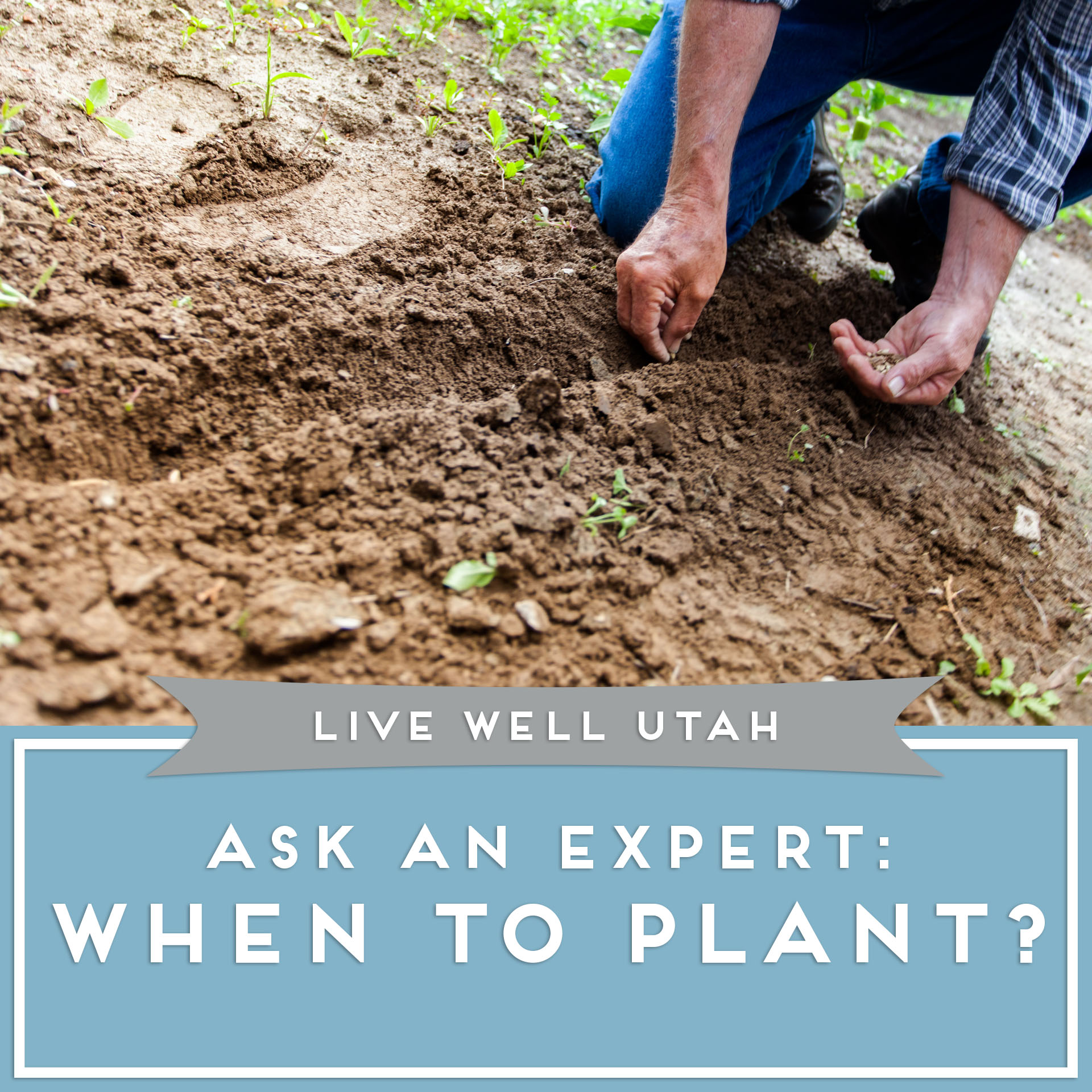
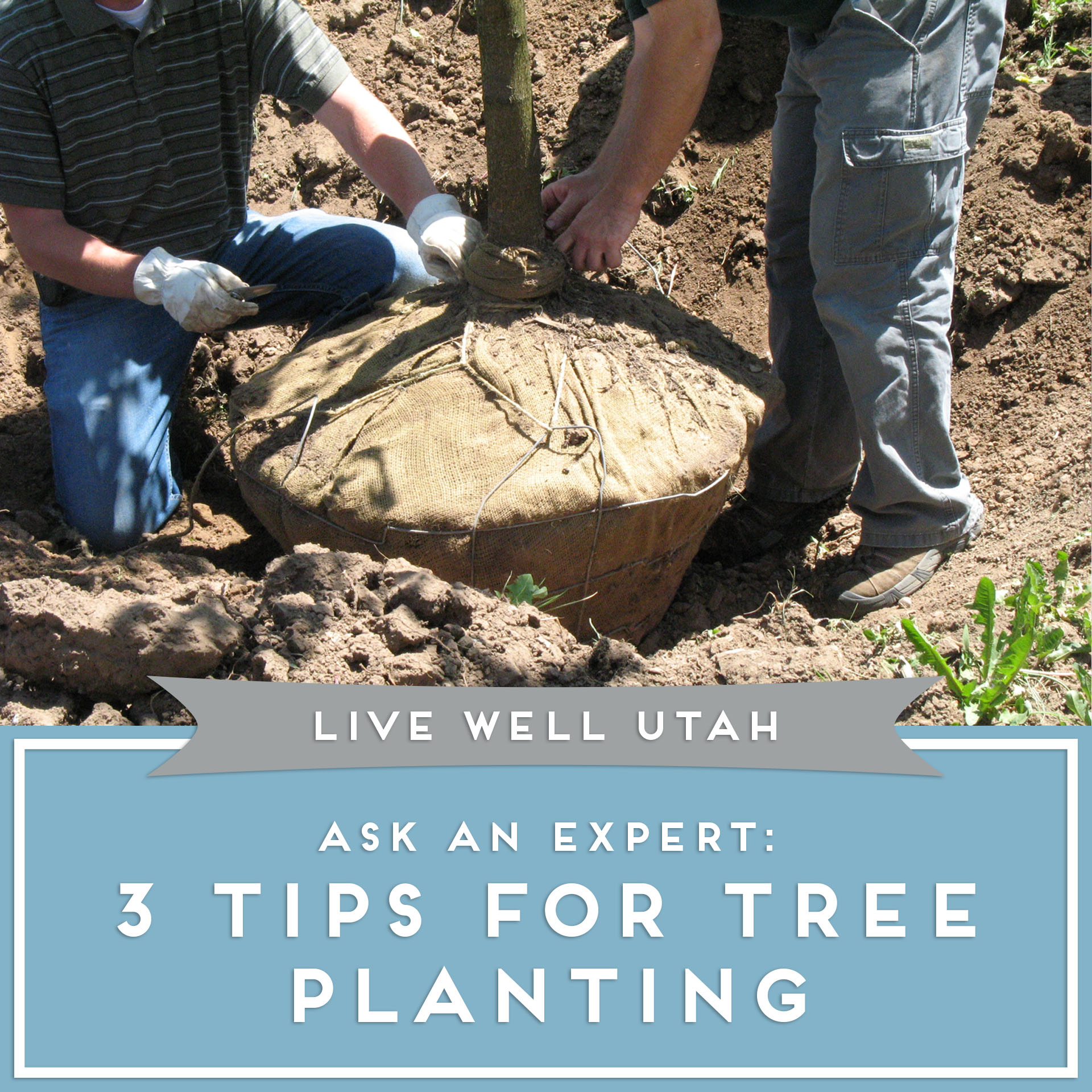 Trees are an integral part of landscaping, and it’s important to know the basics of starting them out right so they will flourish for many years to come. Here are answers to three frequently asked questions about tree planting.
Trees are an integral part of landscaping, and it’s important to know the basics of starting them out right so they will flourish for many years to come. Here are answers to three frequently asked questions about tree planting.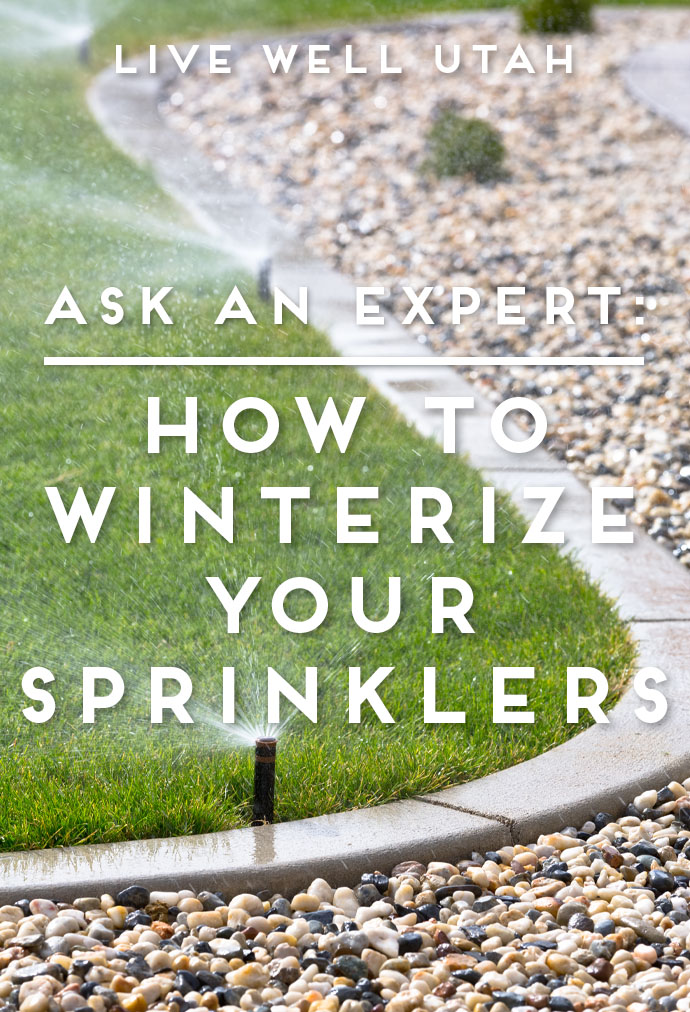 Find out how to prepare your sprinklers for cold winter temperatures with this instructional video.
Find out how to prepare your sprinklers for cold winter temperatures with this instructional video. Can you plant in the fall? The answer is yes! Watch USU Extension gardening expert Jerry Goodspeed share some tips on fall planting on KSL’s Studio 5.
Can you plant in the fall? The answer is yes! Watch USU Extension gardening expert Jerry Goodspeed share some tips on fall planting on KSL’s Studio 5.
 Do you have more zucchini than you know what to do with? Give these recipes a try!
Do you have more zucchini than you know what to do with? Give these recipes a try! The heat is on, and many lawns are struggling. Consider these suggestions for keeping your landscapes and gardens healthy while also saving water.
The heat is on, and many lawns are struggling. Consider these suggestions for keeping your landscapes and gardens healthy while also saving water.